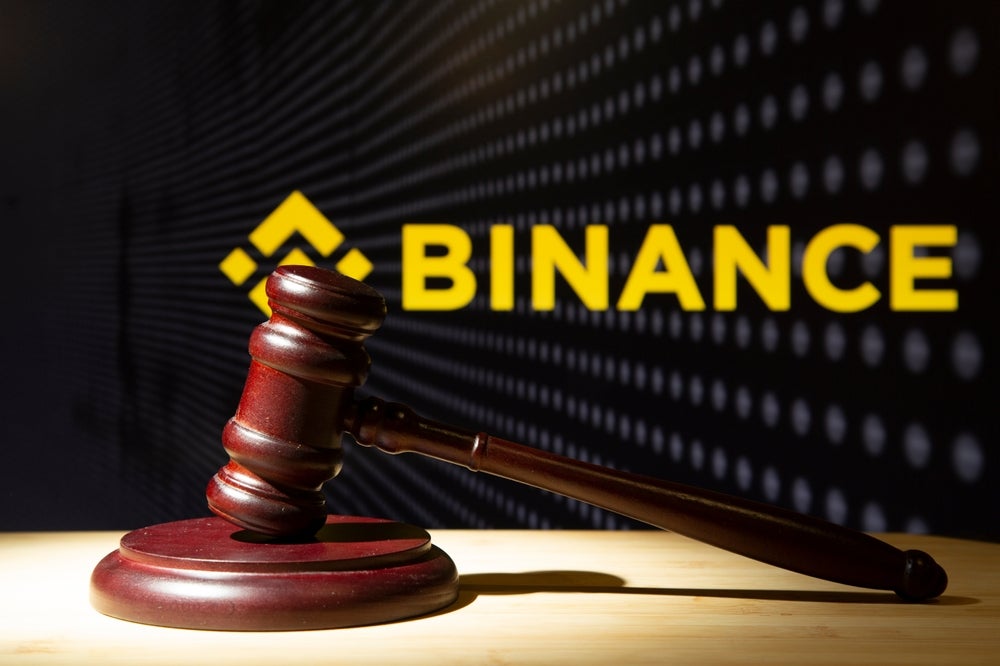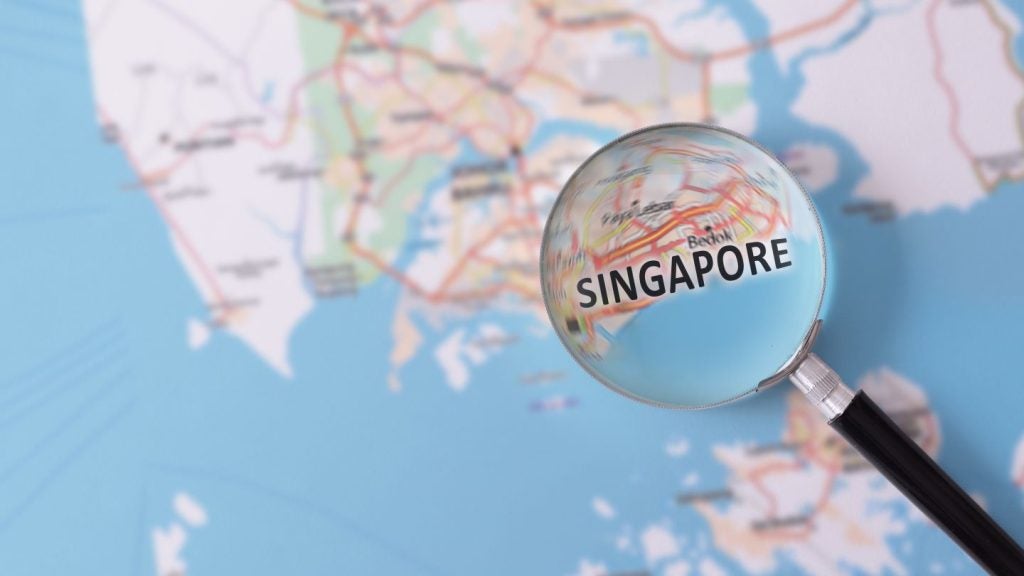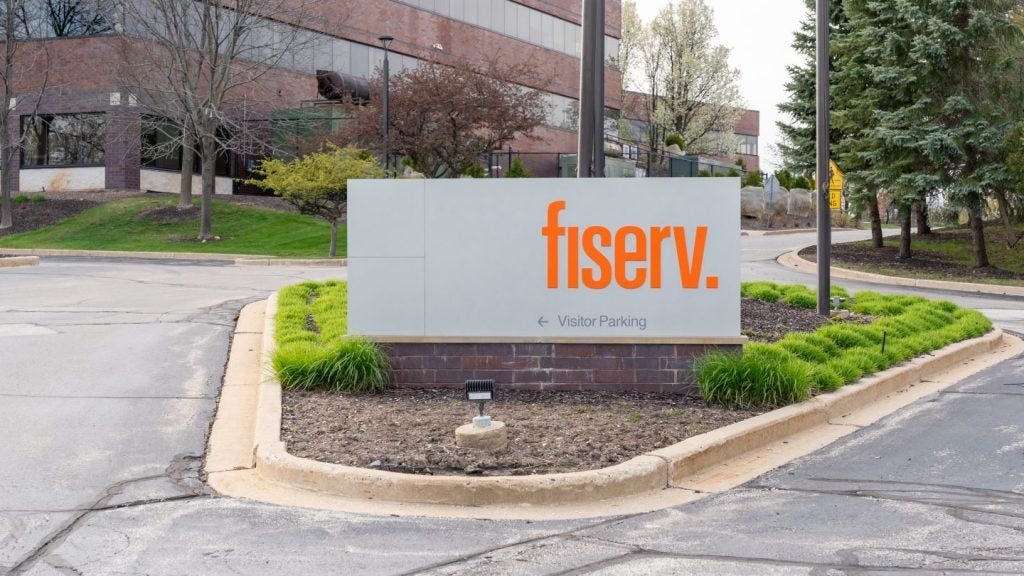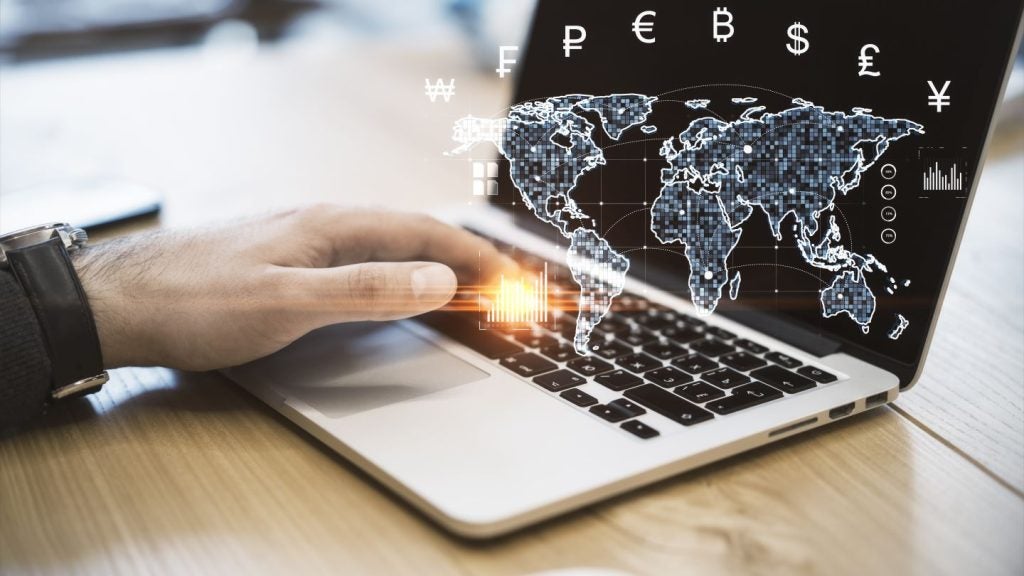Once again, financial service brands reported an above average increase in brand value, according to the Interbrand Top 100 2015. This was boosted by the addition of a new firm to the top 100, PayPal, taking the number of financial brands in the table to twelve. Patrick Brusnahan investigates
Founded in 2000, the Interbrand Top 100 takes the brand value of huge global companies into consideration, from car manufacturers to fast food restaurants to Disney. The average growth of the top 100 was 7.4%, but financial brands exceeded that and grew 9% on average (excluding PayPal as it was a new entry).
In addition, the total value of the financial service brands in the table grew by over 10%, thanks in part to PayPal’s entry to the list.
However, HSBC suffered from a major drop of 11% in its brand value.
Speaking to RBI, Mike Rocha, global director of brand valuation at Interbrand, said: "It has been a pretty good year for financial services brands. We’re not seeing stratospheric increases like we are with some of the technology companies, but it has been a positive year for that category."
The digital push
There are many reasons for a brand’s value to increase. It could be the result of a huge marketing push, the release of a successful product or even by not receiving any bad publicity over the year. Rocha stated that it ‘varied brand-by-brand’. However, a common trend through the majority of the top 100 is digital.

US Tariffs are shifting - will you react or anticipate?
Don’t let policy changes catch you off guard. Stay proactive with real-time data and expert analysis.
By GlobalDataHe added: "We saw AXA break into the top 50 this year, for example, and that’s because it is embracing digital as a way of transforming its business. It is recruiting from outside financial services and bringing in new talent while focusing on innovation. It’s moving to a new test-and-learn mode that you don’t normally see in financial services."
The emergence of PayPal as a prominent brand is an interesting development. With the rise in mobile and online solutions for payment, it must be seen as a promising sign for others in the market looking to gain a foothold.
On this point, Rocha said: "[PayPal] had been going for a while and now have a significant, established user base. I think the challenge and the opportunity for PayPal is to drive additional acquisitions and get their user base to use them more often. Service and ease of use means that they are front of mind more often and can get a greater wallet share over time.
"Now it has split from eBay, it can focus on additional partnerships and growing through other ecommerce platforms as well. Despite it being a hypercompetitive market, I think they have strong potential and the also the benefit of being in the market and having that brand awareness that some of the newer players don’t have."
Winners and losers
Every financial brand saw an increase in brand value, bar American Express and HSBC, signifying a return to form for banks. Are consumers regaining their confidence in financial services after the financial crisis?
Rocha said: "The pay brands (MasterCard, Visa, and PayPal) have all been doing well and were really influenced by the loss of trust that we had with some of the banks. They are all pushing along pretty well and seeing strong financial growth. I think for some brands, yes, the trust is returning but very slowly.
"Unfortunately, we still have brands that continue to be beset by continuing reputational issues; for example, HSBC. As well as they fact they are shrinking the size of their business overall and a whole series of disposals, that was one brand that continued to be hit with reputation issues this year.
"It’s a mixed story and I don’t think consumers have forgotten, but they are getting on with their lives and the economy has gotten better. The banks and financial brands have been riding on the back of the recovery to some extent."
He continued: "The bank brands generally need to rethink their purpose and rearticulate that to their customers to emphasise what they stand for and how they can deliver benefits to their customers. I don’t think it’s digital payments triggering that, I think it’s the legacy of the financial crisis.
"Obviously, as new brands come into the market, digital brands are raising consumers’ expectations in terms of what they expect. That is an effect digital brands are having across many categories."
Rocha concluded: "I think everyone will continue to have a preferred payment it’ll be the same when it comes to digital. For those who take up the service, I think the ease of use will mean that they will increasingly use the digital option.
"But for digital, it’s not just about the ease of transaction. After all, [solutions like] contactless is a pretty swift experience. The advantage digital will have will be when it connects the pre- and post-transaction experiences online and in stores. That is when digital will have an advantage over the physical form."







